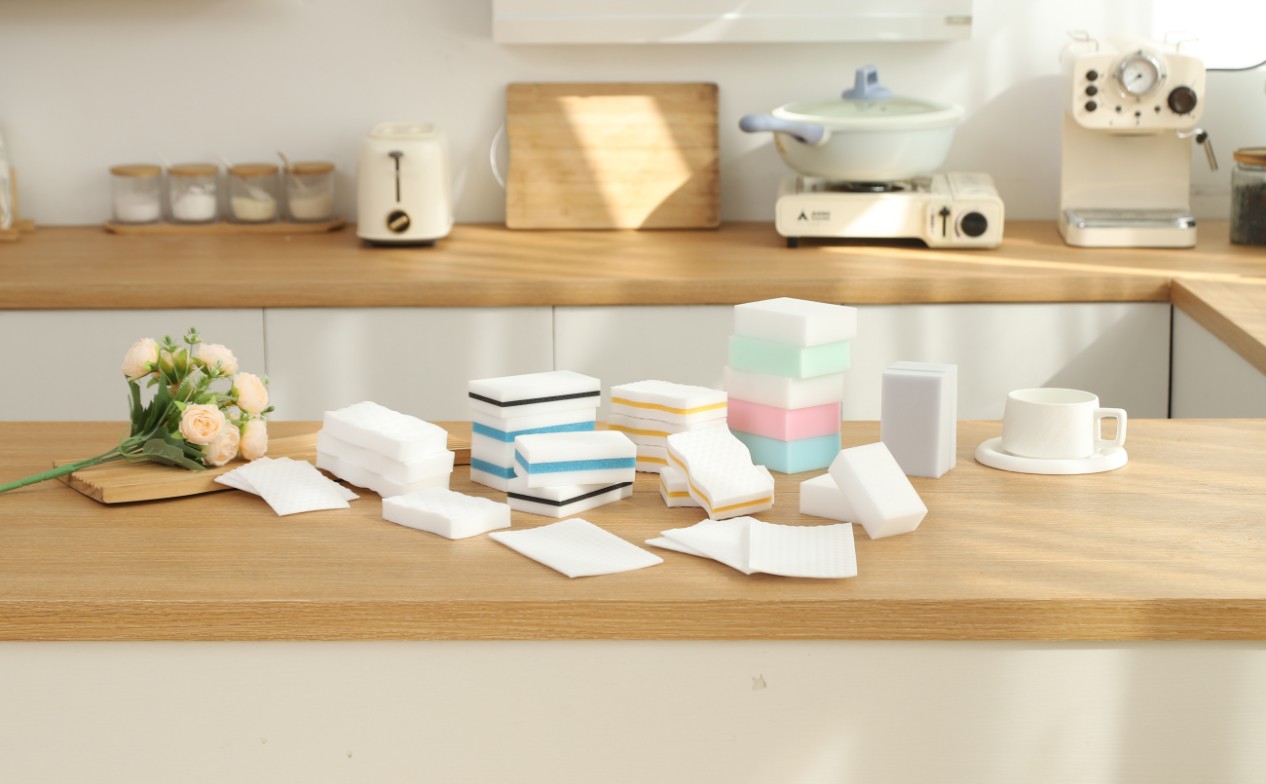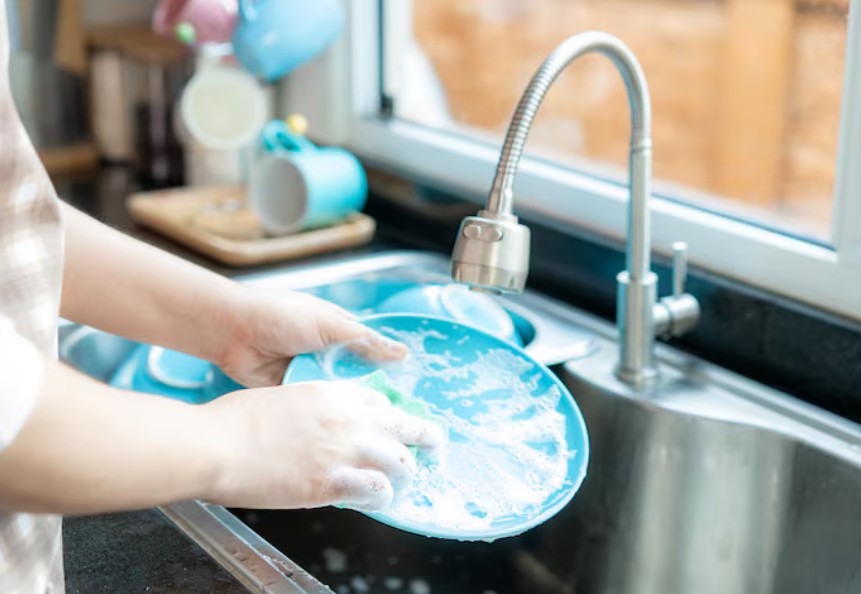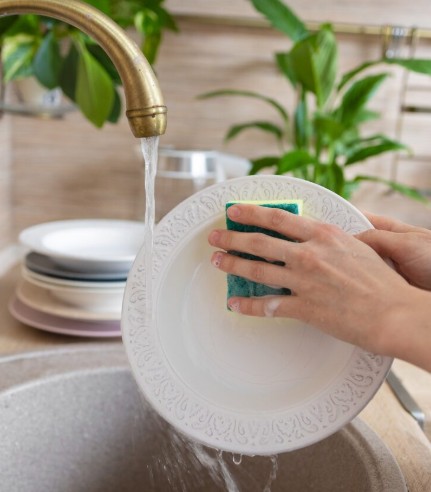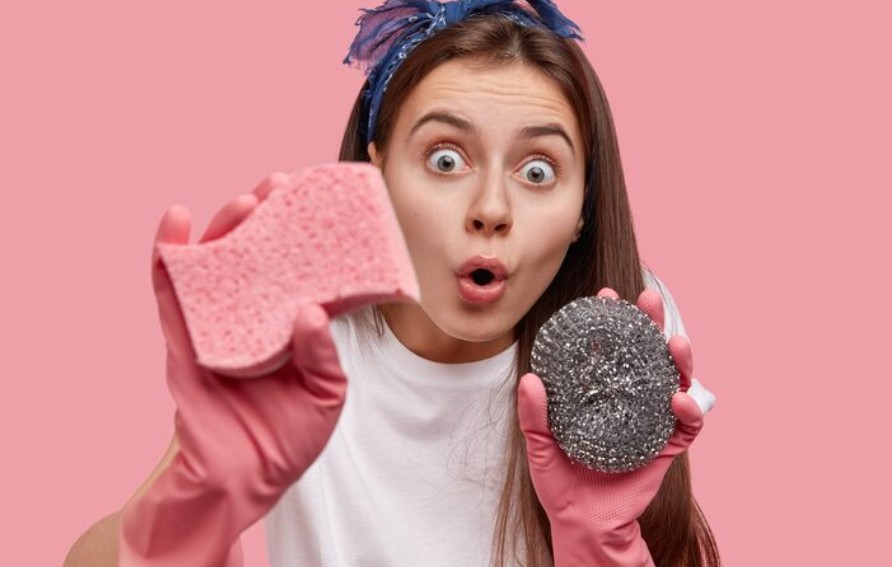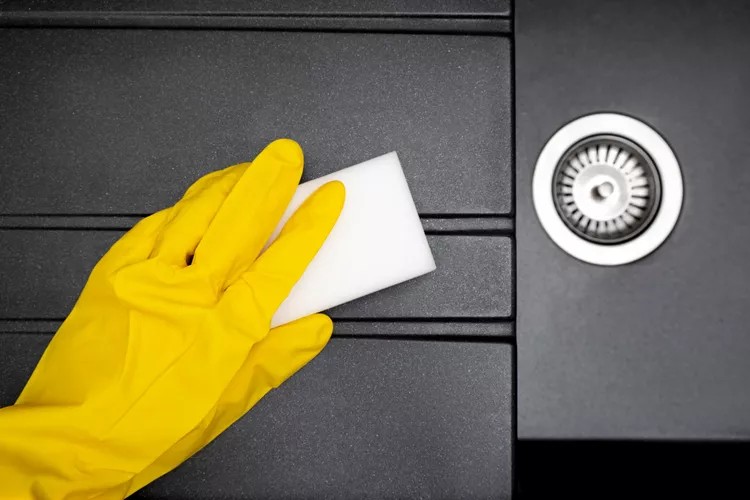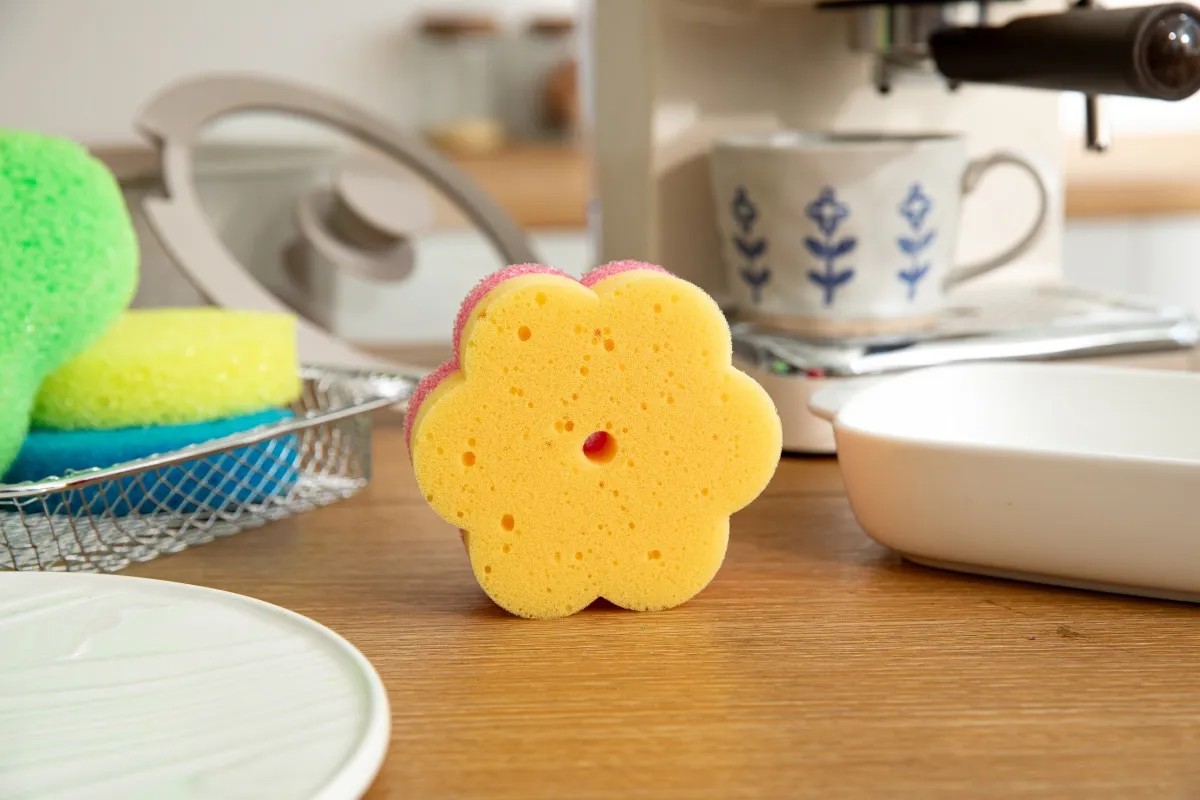Can Melamine Sponge Leave Invisible Residue That Threatens Human Health
2025-09-12
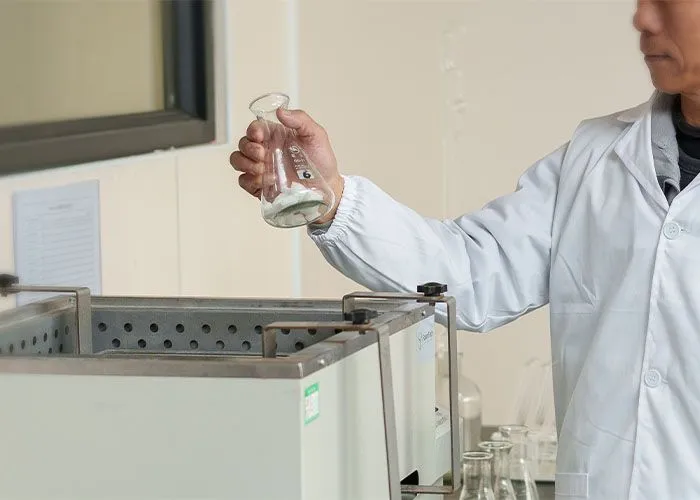
The melamine sponge, sometimes called a magic cleaning sponge, works differently than ordinary pads. Because of its microstructure, it has raised questions: does it leave residue, and if so, is that residue harmful to human health? FoamTech has built its name on strict R&D and global quality standards. Their story is one of steady growth, backed by advanced production and international audits. They highlight research and quality control at every step, from foaming to cutting and packing, following global testing methods like SGS and national safety standards. For business clients, the company even provides private label solutions that help launch custom cleaning lines quickly. With this background, it is easier to address the concern: what happens when you use a melamine sponge?
What Is Melamine Sponge and How Does It Work?
Melamine foam is not a typical sponge. It is an open-cell foam that behaves like extremely fine sandpaper. When you add water, the tiny structures act as a physical abrasive on stains. The material does not rely on soap or chemical cleaners, which explains why it is popular in kitchens, offices, and even in ceramic studios where potters use it to wipe away colorants from bisqueware.
Open-Cell Foam Structure for Physical Cleaning
The foam has millions of interconnected pores. This network creates a micro-abrasive surface that scrubs dirt mechanically. Instead of dissolving grease with detergent, it “sands” the dirt away, leaving surfaces smooth.
Micro-Level Abrasive Action Without Chemicals
The key appeal is that the sponge works with only water. No added chemicals are needed, which lowers the risk of chemical residue compared with detergents. That is one reason it is often tested in contexts like pottery, where residue on clay can affect glazing results.
Proven Applications in Household and Industrial Use
From removing crayon marks on walls to polishing steel, melamine foam has been tested across industries. Reports confirm that its main role is surface-level abrasion. In factories, it is shaped, cut, and pressed into consumer-ready forms for long-lasting use.
Does Melamine Sponge Leave Residue After Cleaning?
A common worry is whether the sponge crumbles into invisible fragments that stay behind. All abrasives wear down, but the key question is the type and amount of residue.
Breakdown into Microscopic Particles During Use
When you scrub, the sponge slowly erodes. Small particles may detach, but they are no different in nature from the foam itself. These fragments are inert and classified under non-toxic plastics.
Easy Rinse-Off and Minimal Remaining Dust
In normal use, the particles are rinsed away with water. The sponge does not dissolve; it only sheds fine debris, similar to pencil erasers. Compared with detergent residue that can stick on plates, melamine foam debris is easier to remove.
Laboratory Testing Showing Safe Performance
Recent skin sensitization tests followed national standards such as GB/T16886.10-2024. The results showed zero positive reactions in guinea pig groups, meaning the foam did not trigger allergic responses. This adds weight to the claim that occasional particles pose little health risk.
Is Melamine Sponge Harmful to Human Health?
The debate often comes from mixing up melamine foam with melamine resin tableware, which has stricter food contact rules. In cleaning sponges, the risk is much lower.
International SGS and Safety Certifications
Tests on melamine foam show no harmful chemical release under normal use. Unlike melamine resins used in plates, the foam is not meant for high heat or food storage, reducing exposure concerns.
FoamTech Quality Control and Non-Toxic Material
Factory audits reveal structured procedures for occupational health, safety checks, and material compliance. No hazardous emissions were recorded, aside from standard workplace dust at the foaming stage, which was controlled.
Comparison With Chemical Detergents and Plastics
Think about this: when you use chemical cleaners, residues of surfactants may stick to plates even after rinsing. Melamine sponge particles, in contrast, are physically rinsed away. Both are manageable, but plastic-based debris does not enter the bloodstream like volatile chemicals might.
How Does FoamTech Ensure Safety and Quality in Production?
Clients in export markets look for suppliers with proven records. This is where the production process becomes important.
Advanced R&D and Patent-Based Technology
Continuous product trials are carried out with specialized labs. These follow international testing like occupational hazard control and ISO frameworks.
Strict ISO and Environmental Certifications
Monitoring reports show detailed checks on working hours, worker safety, and building safety. This culture of compliance reduces risks at every level of production.
Continuous Innovation and Global Export Standards
Factories produce around 150,000 cubic meters of foam annually. This scale requires consistent control. Products shipped globally must meet customs and safety standards before reaching shelves.
Which FoamTech Products Are Recommended for Safe and Effective Cleaning?
Different cleaning situations call for different sponge designs. Two popular types stand out for both households and professional buyers.
Tri-Layer “Sandwich” Embossed Melamine Sponge for Durable Everyday Use
The Tri-Layer “Sandwich” Embossed Melamine Sponge has a dense surface created by high-pressure molding. It lasts longer and resists quick crumbling, making it a strong choice for repeated daily use.
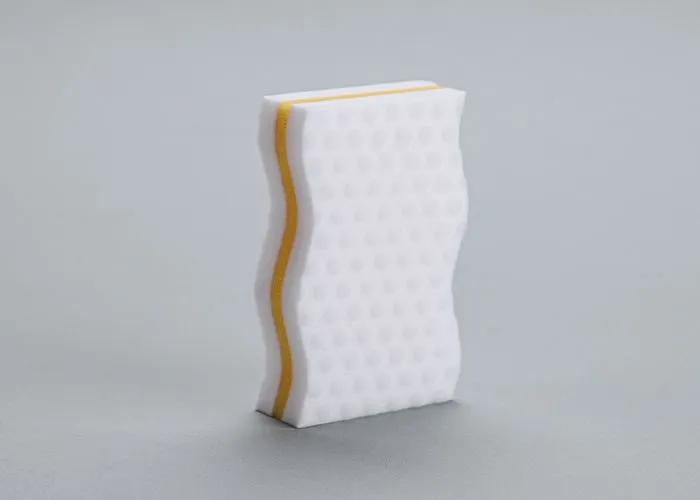
Tri-Layer “Sandwich” Melamine Sponge for Heavy-Duty Cleaning
The Tri-Layer “Sandwich” Melamine Sponge combines melamine foam with layers of other materials. This sandwich structure increases strength, making it suitable for heavy-duty scrubbing.
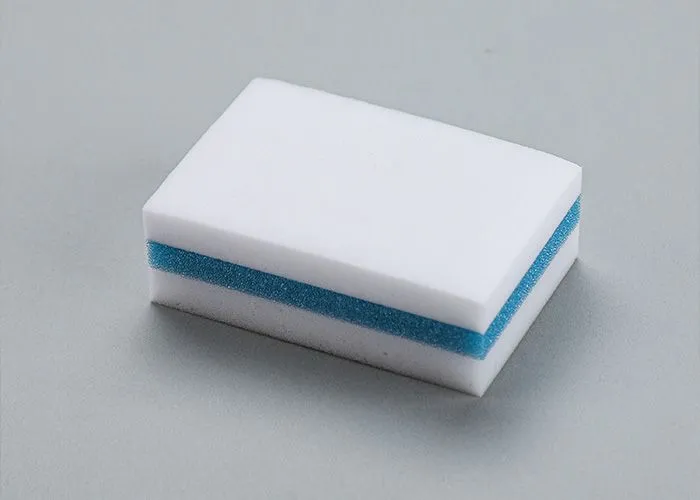
Private Label Customization for Global Brands
For business clients, custom designs and packaging create brand identity. With global distribution in mind, this option is attractive for resellers.
Why Choose FoamTech as Your Trusted Melamine Sponge Supplier?
Partnership matters in the cleaning product market. Reliable sourcing builds brand loyalty.
Strong International Presence and Export Experience
Factories in China have been audited by recognized groups like TUV Rheinland and TÜV NORD. Such recognition is a strong signal for overseas buyers.
Professional OEM and Private Label Services
Clients can build custom ranges quickly, with design flexibility for target markets.
Reliable Long-Term Partnership With Global Clients
Positive cooperation with auditors and compliance bodies shows a transparent culture, reducing risk for foreign partners.
FAQ
Q1: Why does melamine sponge wear out quickly?
A: Its cleaning power comes from micro-abrasion, so gradual wear is natural.
Q2: Can melamine sponge replace chemical cleaners entirely?
A: For many stains it can, but greasy residue may still need mild detergent.
Q3: Is melamine sponge safe for children to use?
A: Yes, with supervision. The sponge is non-toxic, but children should avoid chewing it.
The melamine sponge, sometimes called a magic cleaning sponge, works differently than ordinary pads. Because of its microstructure, it has raised questions: does it leave residue, and if so, is that residue harmful to human health? FoamTech has built its name on strict R&D and global quality standards. Their story is one of steady growth, backed by advanced production and international audits. They highlight research and quality control at every step, from foaming to cutting and packing, following global testing methods like SGS and national safety standards. For business clients, the company even provides private label solutions that help launch custom cleaning lines quickly. With this background, it is easier to address the concern: what happens when you use a melamine sponge?
What Is Melamine Sponge and How Does It Work?
Melamine foam is not a typical sponge. It is an open-cell foam that behaves like extremely fine sandpaper. When you add water, the tiny structures act as a physical abrasive on stains. The material does not rely on soap or chemical cleaners, which explains why it is popular in kitchens, offices, and even in ceramic studios where potters use it to wipe away colorants from bisqueware.
Open-Cell Foam Structure for Physical Cleaning
The foam has millions of interconnected pores. This network creates a micro-abrasive surface that scrubs dirt mechanically. Instead of dissolving grease with detergent, it “sands” the dirt away, leaving surfaces smooth.
Micro-Level Abrasive Action Without Chemicals
The key appeal is that the sponge works with only water. No added chemicals are needed, which lowers the risk of chemical residue compared with detergents. That is one reason it is often tested in contexts like pottery, where residue on clay can affect glazing results.
Proven Applications in Household and Industrial Use
From removing crayon marks on walls to polishing steel, melamine foam has been tested across industries. Reports confirm that its main role is surface-level abrasion. In factories, it is shaped, cut, and pressed into consumer-ready forms for long-lasting use.
Does Melamine Sponge Leave Residue After Cleaning?
A common worry is whether the sponge crumbles into invisible fragments that stay behind. All abrasives wear down, but the key question is the type and amount of residue.
Breakdown into Microscopic Particles During Use
When you scrub, the sponge slowly erodes. Small particles may detach, but they are no different in nature from the foam itself. These fragments are inert and classified under non-toxic plastics.
Easy Rinse-Off and Minimal Remaining Dust
In normal use, the particles are rinsed away with water. The sponge does not dissolve; it only sheds fine debris, similar to pencil erasers. Compared with detergent residue that can stick on plates, melamine foam debris is easier to remove.
Laboratory Testing Showing Safe Performance
Recent skin sensitization tests followed national standards such as GB/T16886.10-2024. The results showed zero positive reactions in guinea pig groups, meaning the foam did not trigger allergic responses. This adds weight to the claim that occasional particles pose little health risk.
Is Melamine Sponge Harmful to Human Health?
The debate often comes from mixing up melamine foam with melamine resin tableware, which has stricter food contact rules. In cleaning sponges, the risk is much lower.
International SGS and Safety Certifications
Tests on melamine foam show no harmful chemical release under normal use. Unlike melamine resins used in plates, the foam is not meant for high heat or food storage, reducing exposure concerns.
FoamTech Quality Control and Non-Toxic Material
Factory audits reveal structured procedures for occupational health, safety checks, and material compliance. No hazardous emissions were recorded, aside from standard workplace dust at the foaming stage, which was controlled.
Comparison With Chemical Detergents and Plastics
Think about this: when you use chemical cleaners, residues of surfactants may stick to plates even after rinsing. Melamine sponge particles, in contrast, are physically rinsed away. Both are manageable, but plastic-based debris does not enter the bloodstream like volatile chemicals might.
How Does FoamTech Ensure Safety and Quality in Production?
Clients in export markets look for suppliers with proven records. This is where the production process becomes important.
Advanced R&D and Patent-Based Technology
Continuous product trials are carried out with specialized labs. These follow international testing like occupational hazard control and ISO frameworks.
Strict ISO and Environmental Certifications
Monitoring reports show detailed checks on working hours, worker safety, and building safety. This culture of compliance reduces risks at every level of production.
Continuous Innovation and Global Export Standards
Factories produce around 150,000 cubic meters of foam annually. This scale requires consistent control. Products shipped globally must meet customs and safety standards before reaching shelves.
Which FoamTech Products Are Recommended for Safe and Effective Cleaning?
Different cleaning situations call for different sponge designs. Two popular types stand out for both households and professional buyers.
Tri-Layer “Sandwich” Embossed Melamine Sponge for Durable Everyday Use
The Tri-Layer “Sandwich” Embossed Melamine Sponge has a dense surface created by high-pressure molding. It lasts longer and resists quick crumbling, making it a strong choice for repeated daily use.

Tri-Layer “Sandwich” Melamine Sponge for Heavy-Duty Cleaning
The Tri-Layer “Sandwich” Melamine Sponge combines melamine foam with layers of other materials. This sandwich structure increases strength, making it suitable for heavy-duty scrubbing.

Private Label Customization for Global Brands
For business clients, custom designs and packaging create brand identity. With global distribution in mind, this option is attractive for resellers.
Why Choose FoamTech as Your Trusted Melamine Sponge Supplier?
Partnership matters in the cleaning product market. Reliable sourcing builds brand loyalty.
Strong International Presence and Export Experience
Factories in China have been audited by recognized groups like TUV Rheinland and TÜV NORD. Such recognition is a strong signal for overseas buyers.
Professional OEM and Private Label Services
Clients can build custom ranges quickly, with design flexibility for target markets.
Reliable Long-Term Partnership With Global Clients
Positive cooperation with auditors and compliance bodies shows a transparent culture, reducing risk for foreign partners.
FAQ
Q1: Why does melamine sponge wear out quickly?
A: Its cleaning power comes from micro-abrasion, so gradual wear is natural.
Q2: Can melamine sponge replace chemical cleaners entirely?
A: For many stains it can, but greasy residue may still need mild detergent.
Q3: Is melamine sponge safe for children to use?
A: Yes, with supervision. The sponge is non-toxic, but children should avoid chewing it.

